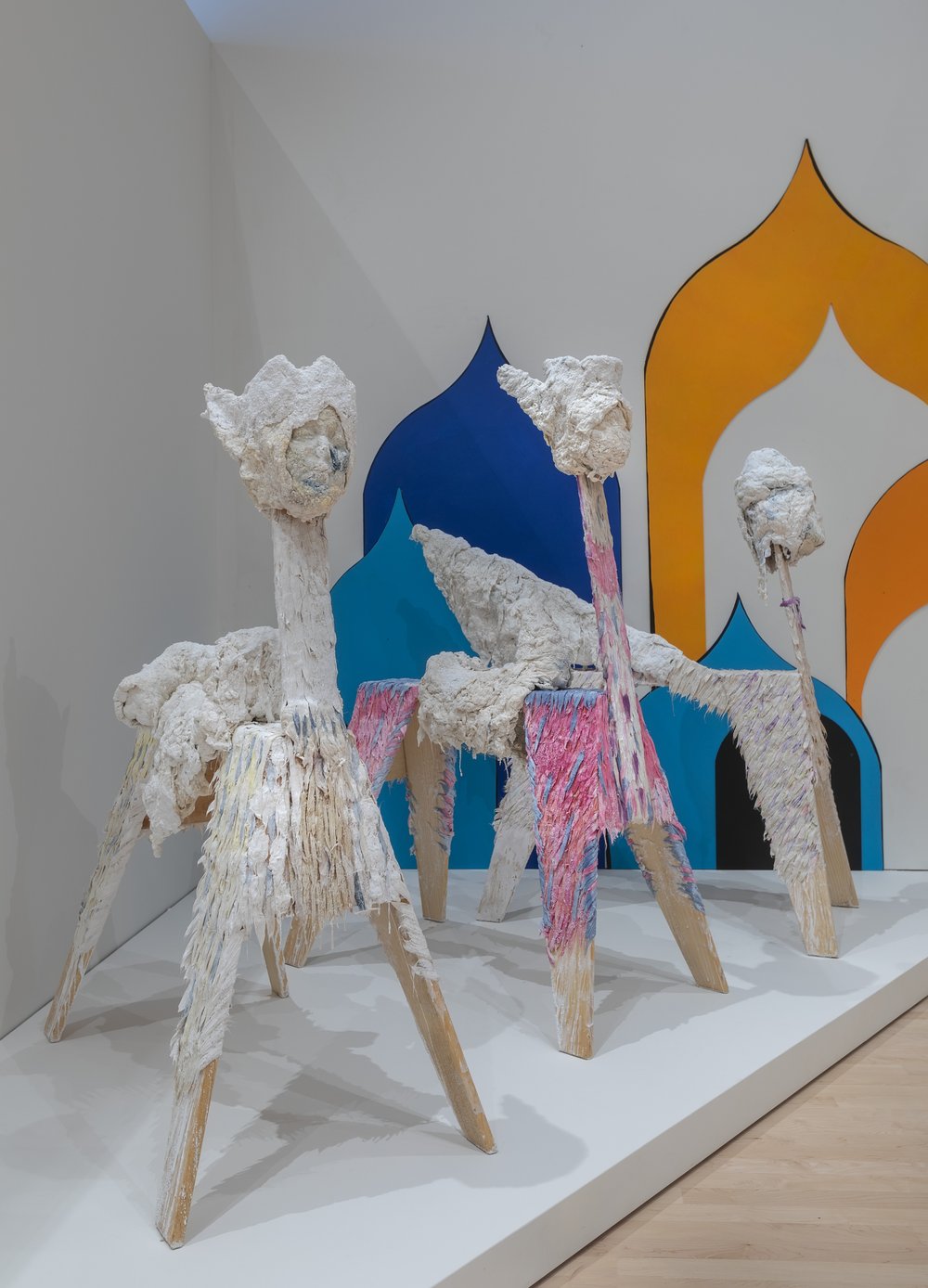This publication is indebted to a College Arts Association (CAA) panel facilitated by Association of Scholars of Christianity in the History of Art (ASCHA) in 2017.
This publication is indebted to a College Arts Association (CAA) panel facilitated by Association of Scholars of Christianity in the History of Art (ASCHA) in 2017. Entitled “A Strange Place Still?,” the conference posed Elkins’ question “of whether it was even achievable ‘to adjust the existing discourse enough to make it possible to address both secular theorists and religionists who would normally consider themselves outside the artworld.’” Many of the essays in this collection were presented in earlier iterations as a part of the conference panel and discussion from which this volume emerged.
Not to be missed is the editors’ cogent introduction to the landscape of the current scholarly conversation of contemporary art and religion, the significant texts and contributions leading up to this volume, and a clear guide to the way this volume is structured. Some important essays in this publication include FSA Visionary Jonathan Anderson’s proposal for a comprehensive theological hermeneutic in the academic field of religion and contemporary art. As he traces the methodological approaches of historical, critical, transcendental – he suggests a path forward for the theological (“The New Visibility of Religion in Contemporary Art: Four Interpretive Horizons”). Following from his essay, FSA Visionary and art historian Linda Stratford considers the difficulty of multidisciplinary interpretation for scholars seeking to write about intersections of art and religion, in particularly fruitful ways (“Exploring Theological Dimensions of the Work of Art”). FSA Visionary Eleanor Heartney evaluates four contemporary artists from differing religious traditions that wrestle with and engage themes of paradise and utopia stemming from their spiritual backgrounds (“Back to the Garden: Utopia and Paradise in the work of Jim Shaw, Liza Lou, Shirin Neshat, and Shoja Azari”).
How might performance art function as a contemporary icon? FSA’s Foundation Manager Julie Hamilton considers theological mystics and saints as early practitioners of performance art, and situates the work of Lia Chavez as an extension of spiritual practice (“Performativity and the Flesh: The Economy of the Icon in Lia Chavez’s ‘Light Body'”). Lastly, The closing round table discussion between Diane Apostolos-Cappadona, James Elkins, Ben Quash, and S. Brent Rodriguez-Plate considers the significant contributions of this volume to scholarship in contemporary art and religion, and the road that lies ahead.
Book Chapters + Authors
Introduction
Ronald R. Bernier and Rachel Hostetter Smith
Part I: Theoretical and Interpretive Frameworks
- The New Visibility of Religion in Contemporary Art: Four Interpretive Horizons
Jonathan A. Anderson
- Exploring Theological Dimensions of the Work of Art
Linda Stratford
- Translating Religion: Contemporary Art Through a Postsecular Lens
Lieke Wijnia
- The Question of Criticism: What to Do with Our Revelations?
Jeffrey L. Kosky
- Curating Faith: Art, Religion, and the Curatorial
Daniel A. Siedell
- A Loving Regard: Contemporary Art and Expanding the Archive
Elissa Yukiko Weichbrodt
- Exhibition as Pilgrimage: Visual Strategies for Interfaith Dialogue
Aaron Rosen
Part II: Artistic Strategies
- Iconic: Contemporary Portraiture and Sacred Personhood
Katie Kresser
- Relic-ing Now: Reliquary Strategies of Materiality and Memory in Contemporary Art
Cynthia Hahn
- Contemporary Art as Pilgrimage Site: Ambrosio’s As Far as the Eye Can Travel Zine
Kathryn Barush
- Rogue Priests: Ritual, Sacrament, and Witness in Contemporary Art
Rachel Hostetter Smith
- Walking Naked and Barefoot: When Ancient Jewish Prophets Meet Avant-Garde Performance Artists
Wayne L. Roosa
- Revisiting “Art in the Dark”: Thomas McEvilley, Performance Art, and the End(s) of Shamanism
Karen Gonzalez Rice
- Infused with Light: Christian Traces in Multimedia Installation Art
Jorge Sebastián Lozano
- Bill Viola, the Icon, and the Apophatic Sublime
Ronald R. Bernier
Part III: Case Studies of Artists and Artworks
- The Lived Religion of Andy Warhol
Stephen Bush
- “A King Aesthetic?”: Tim Rollins and K.O.S. and the Ethos of the Rev. Dr. Martin Luther King, Jr.
James Romaine
- From the Wounds Grace: John August Swanson and the Theological Aesth/Ethics of Liberation
Cecilia González-Andrieu
- Cities of Light: Phillip K. Smith III and the Light & Space Movement
Matthew J. Milliner
- Performativity and the Flesh: The Economy of the Icon in Lia Chavez’s Light Body
Julie M. Hamilton
- Theaster Gates and the Good Use of Forgotten Things
Donato Loia
- On Preaching, Performance Art, and Television: Christian Jankowski’s The Holy Artwork
Isabelle Loring Wallace
- Tools of the Apocalypse: Eschatology in Contemporary Jewish and Catholic Art
Ben Schachter
- Back to the Garden – Utopia and Paradise in the work of Jim Shaw, Liza Lou, Shirin Neshat, and Shoja Azari
Eleanor Heartney
- Deep Waters: Art and the Revival of Religion in Contemporary China
Patricia Eichenbaum Karetzky
- Salvation in the Fallen World: On Meng Yan’s Recent Monumental Works
Changping Zha
- Chrysanne Stathacos and Charwei Tsai: The Mandala
Haema Sivanesa
- Performing Memory and Mourning: Diane Victor’s Martyred Women
Karen von Veh
- Weaving Land and Water: On the Poetics of Diasporic and Indigenous Resistance
Yohana Agra Junker
- Al Buraq: Explorations of Liminality in Contemporary Islamic Art
Sascha Crasnow
Afterword: A Colloquy with Diane Apostolos-Cappadona, James Elkins, Ben Quash, and S. Brent Rodriguez-Plate.
Top left image: Yasmine K. Kasem, “Sweat Until I Am Soaked,” 2022.



